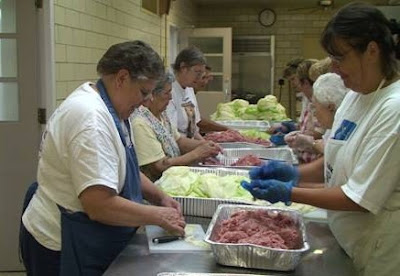
My name is Jakob Garman, and I am an Oral History Project intern for the summer of 2011. Working with the Oral History Project has been a great experience. There is so much history and so many stories from these individuals that would otherwise be lost without this project. It has been a great privilege to see these interviews uncut, in their raw state, and then have the opportunity to help NCSML edit and share them with the world.
One of the things I’ve done here is put together the trailer and teaser for the project. The clips I chose for the trailer were ones I believe express the key points that interviewees remember from their experiences in Czechoslovakia during WWII and the Cold War:
I have been touched by the stories these individuals tell; stories of escape and yearning for freedom, stories of childhood during war and tension, and stories of crossing the borders of communism, and coming to America. Everyone has a story to tell, and the Oral History Project gives these people a voice for the entire world to hear.
The first interview I edited was Barbara Skypala. The things she remembers are quite remarkable:
Besides the amazing heritage and history of the Czech and Slovak people, there have been many things I have learned and enjoyed in the technology department as well. I have learned more about the process of producing a professional video project, as well as hosting a professional web site. I have always enjoyed working with technology, and this project seems to be a bridge between history and technology, the old and the new. This is especially important for my generation, who might be more inclined to view internet media, or maybe a YouTube video than a normal encyclopedia or history book. This bridge also gives instant access to the Czech & Slovak Museum & Library’s content to people all over the world, which in itself, is amazing.
Again, it has been an honor to work with the museum on this project. I am certainly glad to be a part of it.
-posted by Jakob Garman














